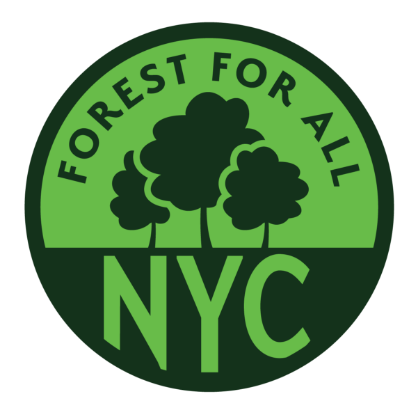By Rosemary Misdary | Gothamist
A new Cornell University study offers clearer details on how much shade New York City trees provide.
The researchers found that not all trees throw the same shade – even when they’re the same size. Factors such as a tree’s health, canopy size and its distance to another tree influence its cooling effectiveness.
Using the study’s interactive map, Tree Folio NYC, New Yorkers can click on any specific street tree in the city to simulate its shady offering on any day of the year. The map was built upon the city’s 2015 tree census — which counted 666,000 trees over the city’s more than 131,000 blocks. But it includes high-resolution aerial scans — collected with LIDAR or the light-based equivalent of radar — to create 3D pictures of the urban forest. Using these models, researchers can render its shadow and canopy area – the cooling area.
“Trees might produce anywhere from 10% of their theoretical shade to like 90%-plus of their theoretical shade,” said Alex Kobald, project lead and associate director of the Design Across Scales Lab at Cornell’s College of Architecture. “That comes down to all of those local factors like the height of its neighboring buildings; the exact location of the tree in a streetscape; the orientation of the street and the orientation of the buildings around it.”
New York City’s current total canopy cover, defined as the percentage of a land area covered by trees, is about 22%. Advocacy groups and the New York City Council are pushing for 30% by 2035, but the study findings reveal that quality is just as important as quantity.
